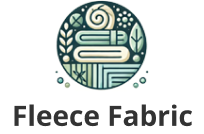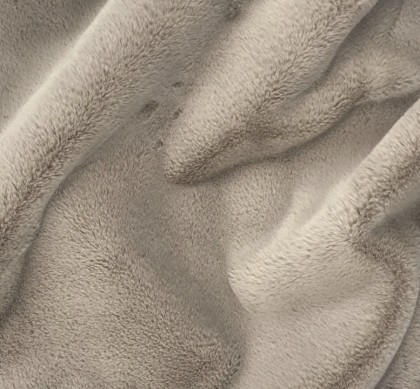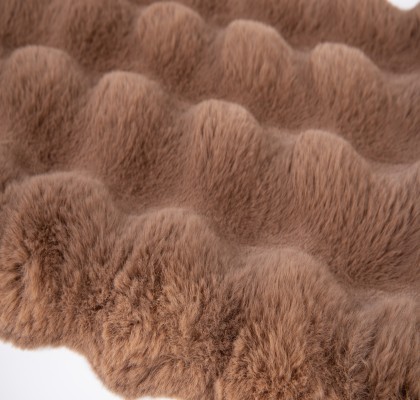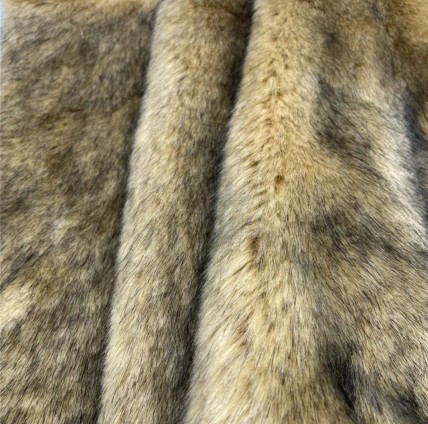Flannel, also commonly known as Flano, is a soft and textured fabric renowned for its warmth and comfort. This versatile material has been a staple in the textile industry for centuries, particularly in winter wear and home furnishing applications. Here, we delve into the unique characteristics and widespread uses of flannel fabric, shedding light on its enduring appeal and functionality.
Characteristics of Flannel Fabric
1. Softness and Comfort
One of the most defining features of flannel is its exceptional softness. The fabric’s surface is adorned with a fine layer of dense, plush pile, which provides a delightfully tactile experience. This softness makes flannel an ideal choice for garments that require close skin contact, such as pajamas, baby clothes, and loungewear. The gentle caress of flannel against the skin enhances comfort, making it a favorite among consumers seeking cozy and intimate textile experiences.
2. Excellent Thermal Insulation
Thanks to its pile structure, flannel excels at retaining body heat. This makes it an excellent choice for cold-weather clothing, including jackets, sweaters, and trousers. The tiny fibers trap air, creating an insulating layer that protects against the chill, ensuring that wearers stay warm without sacrificing style or comfort.
3. Breathability and Moisture-Wicking
Despite its warmth, flannel remains surprisingly breathable. The fabric allows for the evaporation of moisture, making it suitable for activities that may generate sweat. This balance of insulation and breathability is crucial for maintaining comfort in varying weather conditions, particularly during physical exertion in colder climates.
4. Durability and Wear-Resistance
Flannel is known for its durability, thanks to the robust construction of its fibers. The fabric can withstand frequent washing and wear, retaining its softness and appearance over time. This makes it an excellent investment for garments and household items that see regular use.
5. Versatile Color Palette
Flannel comes in a wide range of colors and patterns, catering to diverse tastes and styles. From classic solids to vibrant prints, the fabric’s adaptability ensures that it can be integrated into various designs and aesthetics, making it a favorite among fashion designers and homeowners alike.
6. Classic Aesthetic and Historical Significance
With roots dating back to the 18th century in Wales, UK, flannel carries a sense of heritage and tradition. Its timeless aesthetic appeals to consumers who value classic styles and quality craftsmanship. The fabric’s history adds depth to its appeal, making it a symbol of enduring fashion and comfort.
Versatile Applications of Flannel Fabric
1. Clothing and Accessories
Flannel’s warmth and softness make it ideal for a multitude of clothing items. Common applications include shirts, jackets, pants, dresses, and outerwear. Its ability to blend style with functionality makes it a staple in both casual and formal winter wear. Additionally, flannel accessories like scarves, hats, and gloves offer an extra layer of protection against the cold.
2. Home Furnishings
Beyond clothing, flannel finds extensive use in home furnishings. Blankets, throws, bedsheets, and pillowcases made from flannel provide a luxurious and inviting sleeping environment. Its softness and warmth make it perfect for winter months, ensuring a cozy night’s rest.
3. Upholstery and Decor
Flannel’s soft texture and durability also make it suitable for upholstery and decorative purposes. Throws draped over couches or chairs can add a touch of warmth and comfort to living spaces. Additionally, flannel curtains and tablecloths can enhance the aesthetic appeal of home interiors.
4. Industrial Applications
Beyond consumer goods, flannel also finds utility in industrial settings. Its insulating properties make it suitable for applications like filtration and insulation materials. In these contexts, flannel’s durability and performance make it a reliable choice for specialized needs.
In conclusion, flannel fabric stands out due to its unique blend of softness, warmth, breathability, and durability. Its versatility extends across various applications, from clothing and home furnishings to industrial uses, making it a cherished material across different industries and consumer markets. The enduring popularity of flannel underscores its ability to meet both functional and aesthetic needs, ensuring its continued relevance in the ever-evolving world of textiles.




